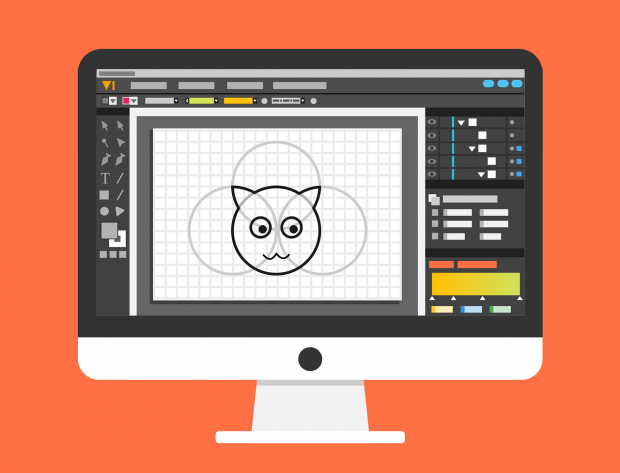When thinking about digital technology in the math and science classroom, I have to start in the same place that I would start in any classroom:
- Is the use of the technology demonstrating a solid understanding and application of TPACK?
- Is the use of technology furthering/contributing to the lesson in an authentic way?
- Is the technology assisting in the construction of knowledge?
- Could the same activity be done better without technology?
If the technology use fails any of these questions, it makes the use of that technology instantly a cause for concern. Just because something is novel, cool, or trendy cannot be a solid enough reason to bring it into the classroom. If it can be coupled with solid pedagogy, then it has a place in the classroom to assist students with their learning.
A classroom that is using technology well would look much like a real-world laboratory or office that is using technology. The technology would be supporting and aiding the work that is being done in authentic and sustainable ways. Technology could easily be used in these ways to represent and manipulate data sets and simulations to help combat misconceptions that have crept into a student’s mind. The use of VR/AR could enable traveling to places that are not feasible for the average student, thereby enriching and extending the learning that happens each day in the classroom. Through the use of digital tools, students can make greater detailed representations of their learning to better visualize their mental conceptions of the concepts. These representations could be shared in and interacted with in minds-on, hands-on ways, allowing for deeper discussion and a better chance for evaluation and assessment. What’s more, digital artifacts are easily stored in an online digital portfolio that can travel with the student and serve as a token of what has been learned.
The use of technology and digital tools in the classroom is not an unattainable goal, as many classrooms around the world have already enacted these practices. Students are daily invited to step into a room of authentic practice and learn not only concepts, but also skills and reasoning that they can carry throughout their entire lives and careers. When others see the grand benefits of technology-enhanced learning experiences, the challenges, such as mindsets and budgets, will have no choice but to fall to the wayside as student learning and improvement forges on.
In response to the following prompts:
- What is a good use of digital technology in the math and science classroom? What would such a learning experience and environment look like? What would be some characteristics of what it is and what it isn’t? How might a learning experience with technology address a conceptual challenge, such as the one you researched in the last lesson?
- What makes this a good use of digital technology? Is this a vision or is it possible in real classrooms? What makes this vision a challenge to implement and what might be needed to actualize it?




